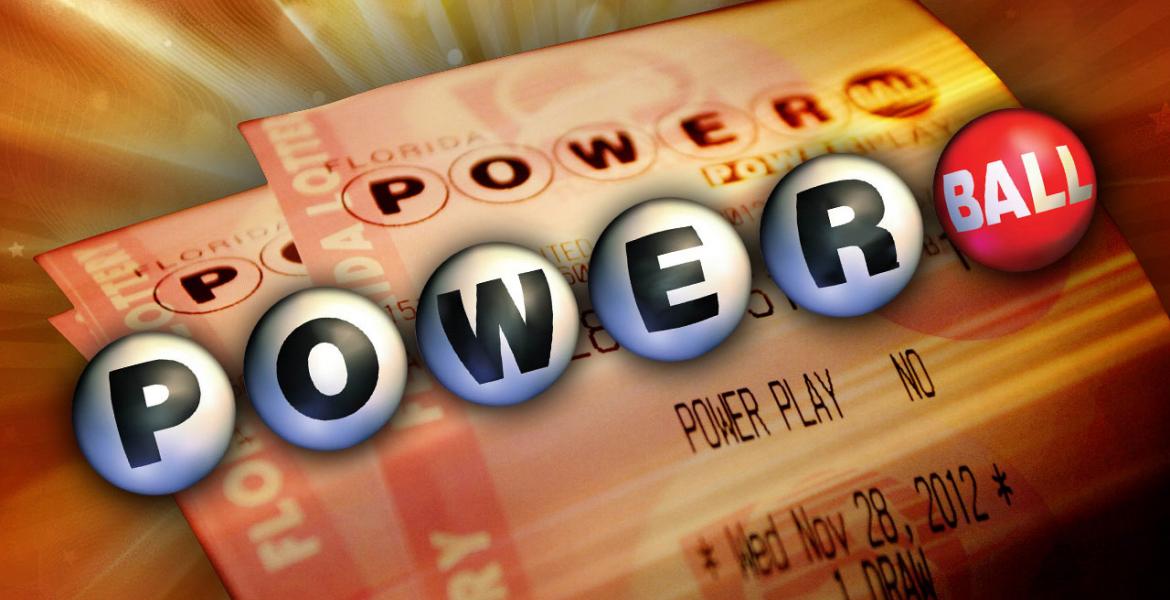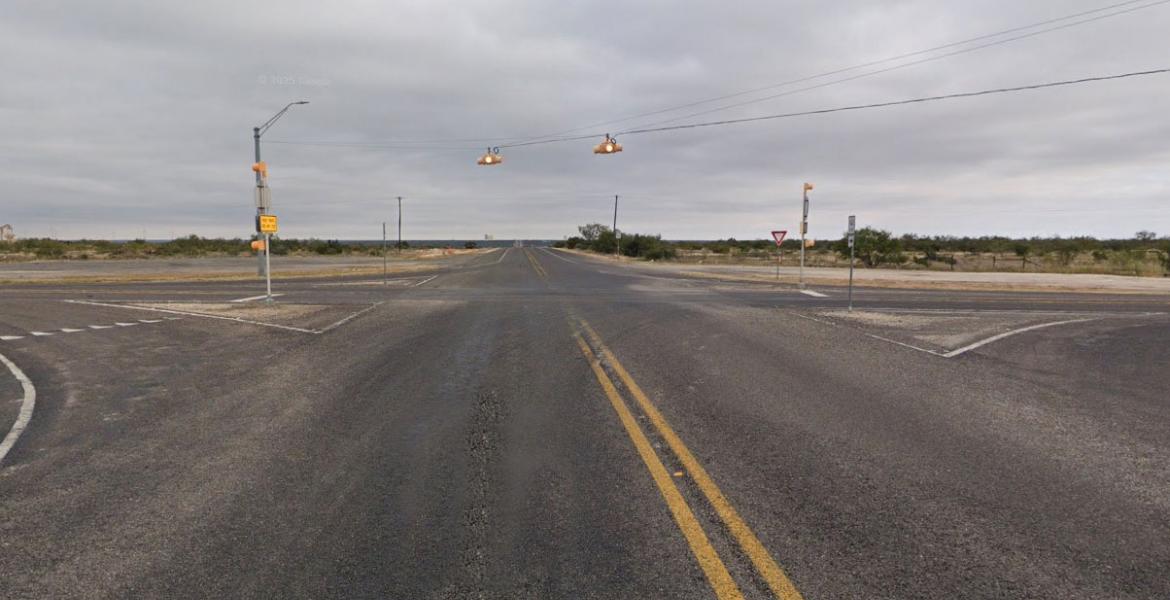SAN ANGELO, TX. – For those who enjoy the wonders of the night sky, prepare for a rare triple treat Jan. 31, with a supermoon, a blue moon, and a total lunar eclipse.
How rare is this event? Even without the supermoon, it’s the first blue moon total lunar eclipse in the United States since March 1866, less than a year after the Civil War ended, according to Earthsky.
A blue moon occurs about every two and half years, and this term is for the second full moon in a single calendar month. January’s first full moon occurred on Jan. 1.
Though the exact moment of this full moon is 7:37 a.m. Jan. 31, the moon will appear plenty full for a day or two before and after that.
However, the moon won’t actually appear blue.
As for the total lunar eclipse, it will be visible early in the morning of Jan. 31 from western North America across the Pacific to eastern Asia, NASA said.
“The lunar eclipse on January 31 will be visible during moonset," said Noah Petro, a research scientist from NASA’s Goddard Space Flight Center. "Folks in the eastern United States, where the eclipse will be partial, will have to get up in the morning to see it."
The eclipse will last almost 4 hours from the beginning of the partial phase at 5:48 a.m. until it ends at 9:12 a.m., according to Sky and Telescope.
The full moon will take on a dark, reddish appearance during the eclipse, so another word to describe it is a blood moon. Adding to the naming confusion, this full moon was also known as the "snow moon" by some Native American tribes.
Finally, a supermoon occurs when the full moon is at the closest point of its orbit to the Earth, which is also called the perigee. That makes the moon look extra-close and extra bright — up to 14% bigger and 30% brighter than a full moon at its farthest point from Earth, known as the apogee, NASA said.
Subscribe to the LIVE! Daily
Required






Post a comment to this article here: